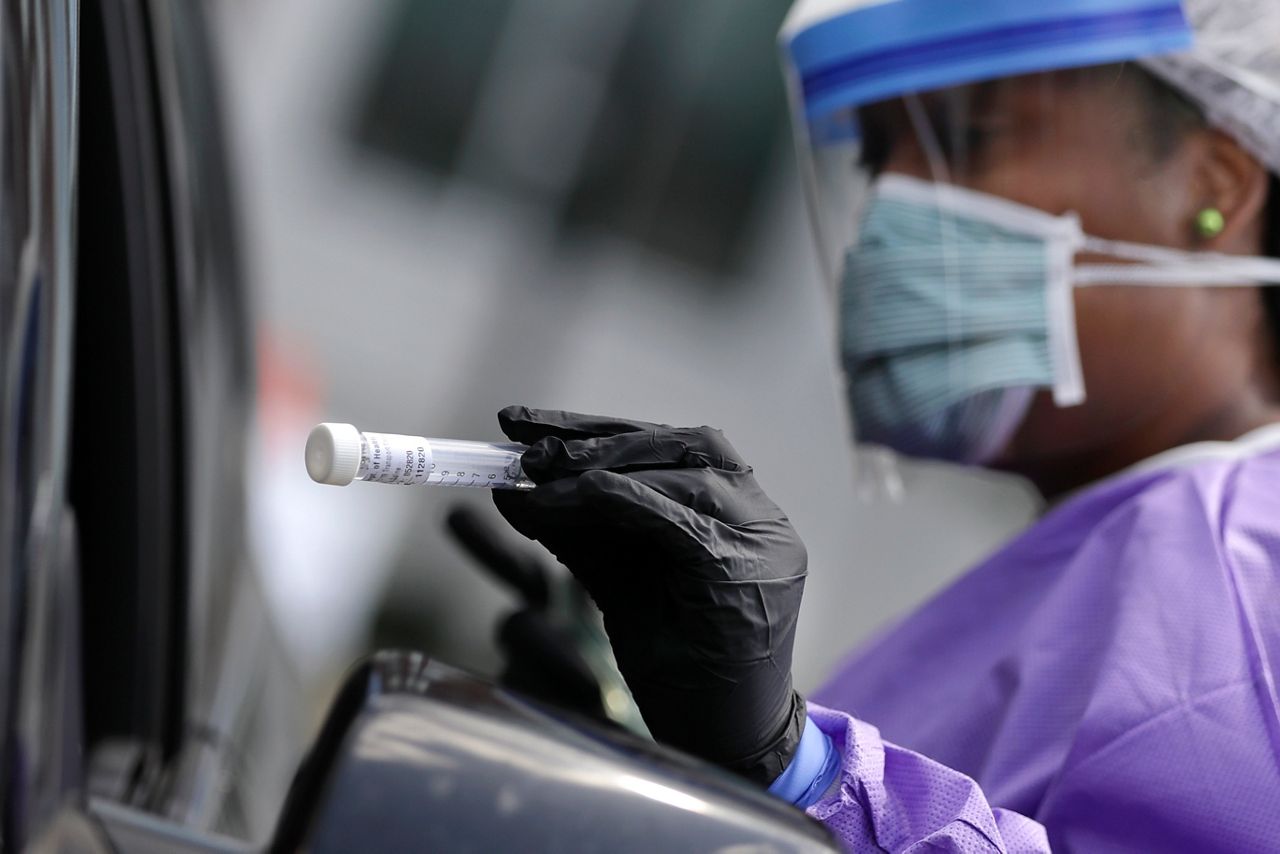PASCO COUNTY, Fla. -- Members of the World Health Organization said during a media briefing Tuesday that they're discussing airborne transmission as one possible way COVID-19 is spread. This comes after 239 scientists from around the globe wrote a letter published in the journal Clinical Infectious Diseases calling on the organization to recognize the potential for airborne spread.
What You Need To Know
- More than 200 scientists call on WHO to acknowledge airborne spread of COVID-19
- Acknowledgment could mean a change to prevention guidance
- WHO expected to issue scientific brief summarizing what is known about possible transmission methods
- More Coronavirus headlines and resources
"There is significant potential for inhalation exposure to viruses in microscopic respiratory droplets (microdroplets) at short to medium distances (up to several meters, or room scale), and we are advocating for the use of preventive measures to mitigate this route of airborne transmission," the letter states.
"We acknowledge that there is emerging evidence in this field, as in all other fields regarding the COVID-19 virus," said Prof. Benedetta Allegranzi, technical lead for the WHO's Infection Prevention and Control Hub Task Force. "We believe that we have to be open to this evidence and understand its implications regarding the modes of transmission and also regarding the precautions that need to be taken."
While the WHO has said the virus spreads through respiratory droplets, like those from a cough or sneeze, it's dismissed the possibility of airborne transmission except during certain medical procedures. Respiratory droplets are larger and don't stay in the air as long as microdroplets can. The letter states, "Studies by the signatories and other scientists have demonstrated beyond any reasonable doubt that viruses are released during exhalation, talking, and coughing in microdroplets small enough to remain aloft in air and pose a risk of exposure at distances beyond 1 to 2 m from an infected individual."
"I think it's a really important thing for them to come up and say because we've been talking a lot about respiratory droplet transmission, and this is why all the guidelines for face masks and social distancing of six feet or more," said Dr. Michael Teng, an associate professor in the University of South Florida's Morsani College of Medicine Dept. of Internal Medicine. "If the WHO speaks to the aerosol transmission of the virus, that changes, a little bit, the guidelines of what we think is acceptable in terms of trying to prevent transmission."
Teng said if airborne transmission is acknowledged, future prevention considerations could include how long people should stay in enclosed spaces, what steps need to be taken to ensure good ventilation, and what social distancing means.
"If this virus is actually transmitted by aerosol, that distance is not six feet. That distance could be ten feet, 20 feet, and you could still transmit the virus," Teng said. "It's not that we can prevent one type of droplet production compared to the other. It's just -- are they all infectious? And the emerging evidence is that all these different types of particles we're producing when we breathe, when we sing, when we talk, they seem to be all infectious."
Allegranzi said understanding the "dose" of the virus in this route of transmission is also important.
WHO Chief Scientist Dr. Soumya Swaminathan said the organization's guidance and recommendations are based on a process that involves reviewing new and constantly emerging information on the virus. She said sometimes, there are as many as 1,000 new publications on COVID-19 a day.
"There's a huge amount of new data that's put out. Not all of it is good quality. It needs to go through peer review, and that takes time," Swaminathan said.
In their letter, scientists wrote, "We are concerned that the lack of recognition of the risk of airborne transmission of COVID-19 and the lack of clear recommendations on the control measures against the airborne virus will have significant consequences." The letter says additional airborne interventions are needed.
Dr. Maria Van Kerkhove, the WHO Health Emergencies Programme's technical lead on COVID-19, said the group is in the process of putting together a scientific brief summarizing what they know about a variety of possible transmission methods, including airborne transmission.
"This is a respiratory pathogen, and so it is important that what we know fits into the guidance we have," said Kerkhove.
Kerkhove expected the brief to be issued in the coming days.



